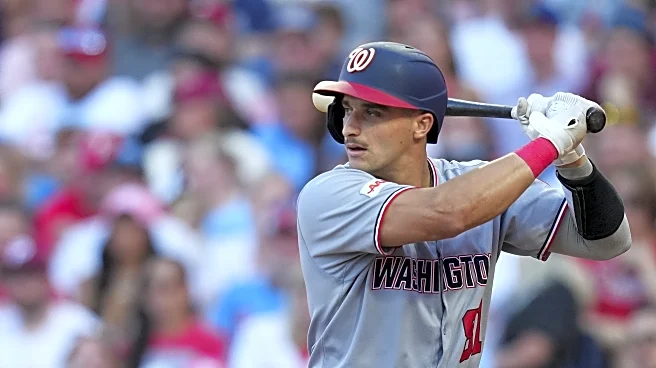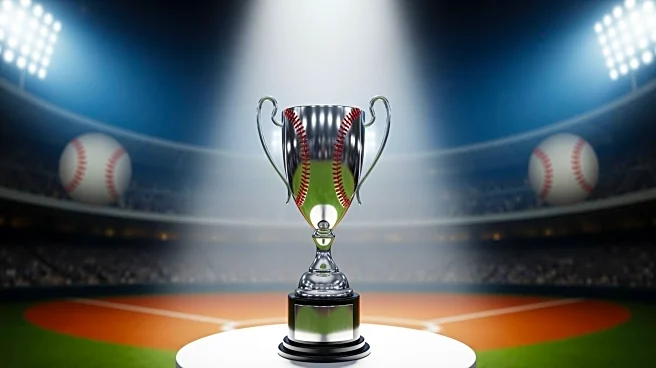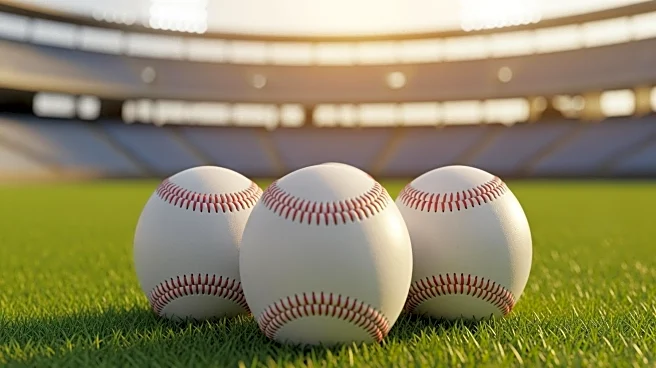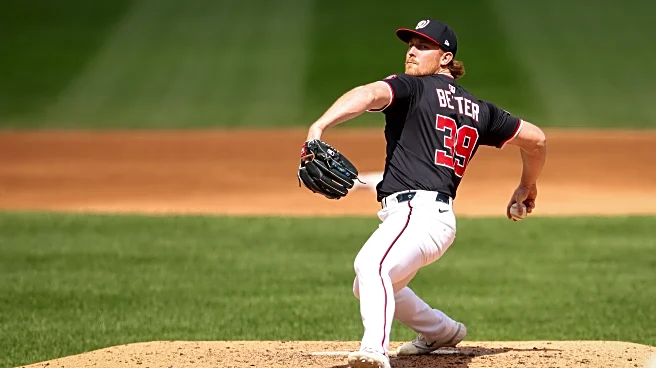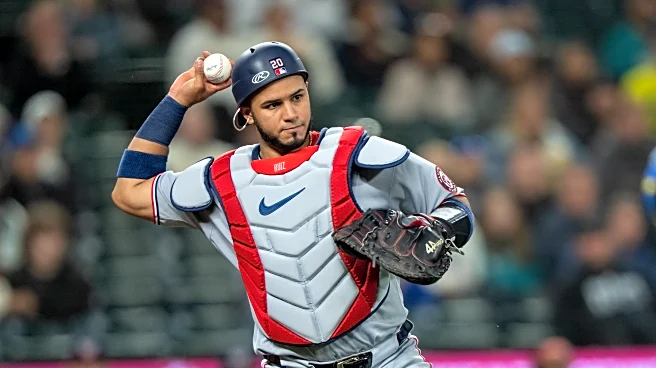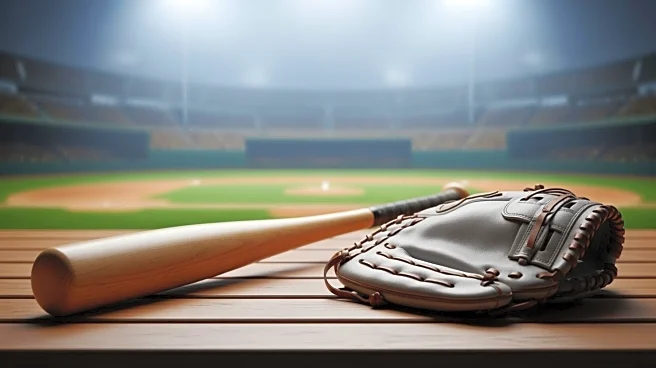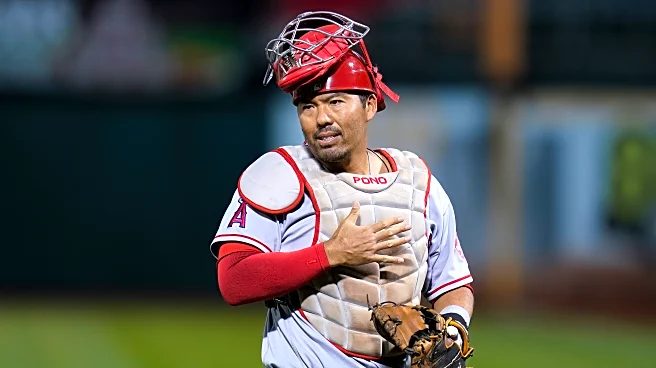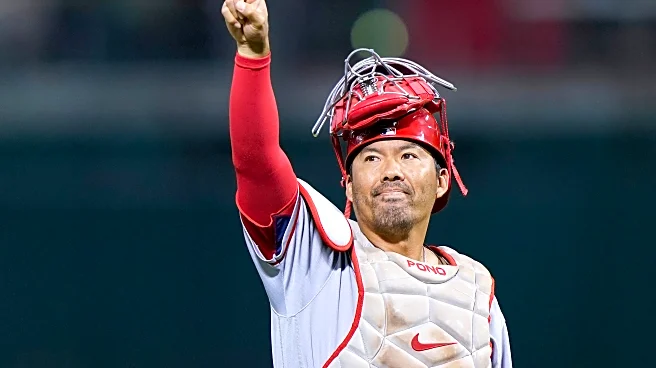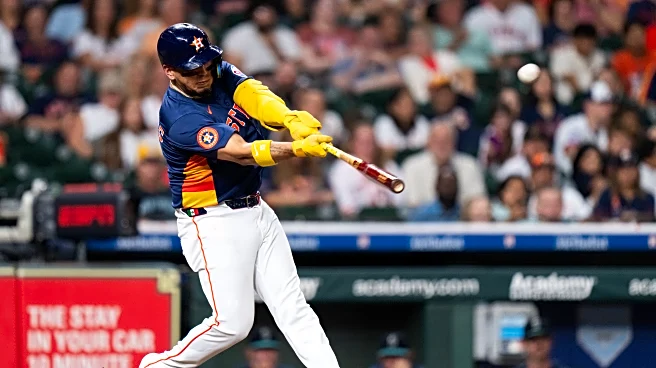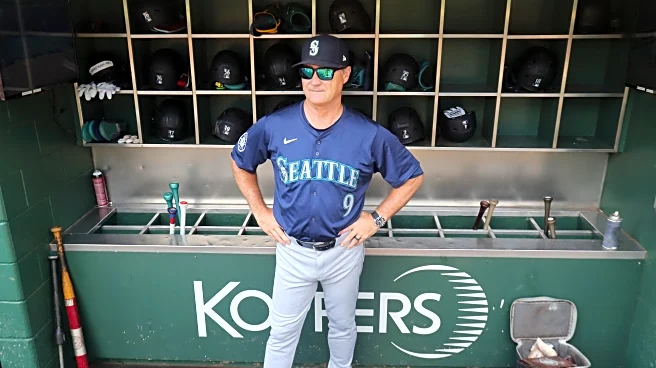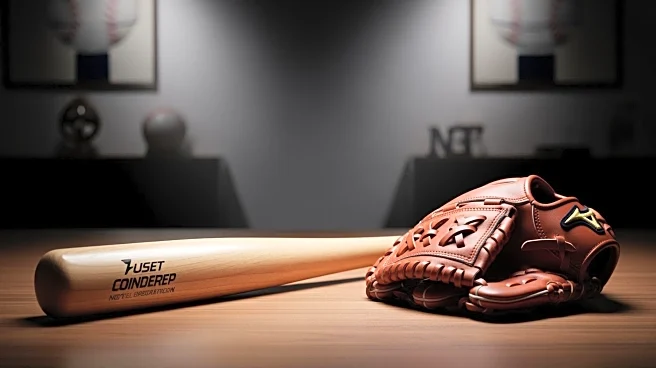To put it simply, the catching position was a disaster for the Washington Nationals in 2025. As a positional group, Nats catchers finished last in wRC+ with 65 and 28th in Defensive WAR, resulting in a league-worst
-1.4 fWAR, worse in the league and one of only 2 teams to be in the negatives, with the Angels at -1.3 fWAR not too far behind. They got off to a solid start with a strong April by Keibert Ruiz and a resurgence by Riley Adams and Drew Millas in July, but outside those 2 months, it was a lot of bad.
The one, and perhaps only, bright spot behind the dish for the Nats in 2025 was Drew Millas, who was limited to just 18 games on the year due to splitting reps with Riley Adams upon his callup and suffering a season-ending finger injury in August, but when he played, he was the most productive of all Nats backstops. Defensively, Millas is miles ahead of Ruiz and Adams, who both grade poorly behind the dish due to their lackluster framing.
While Ruiz and Adams both finished with -9 framing runs above average each, Millas put up 2 framing runs above average in just 16 games behind the dish, a pace that would’ve had him comfortably 2nd in the league in framing runs even if he only caught 130ish games across a season. It is yet to be seen how the new ABS challenge system coming to MLB will affect the skillset of defense-first catchers such as Millas, but if I had to guess, it will still be a huge advantage to have a catcher who can steal those edge of the zone pitches for you, rather than one who can’t and forces you to get aggresive with your challenges.
Offensively, Millas somewhat outhit his expected numbers, but was still the most productive hitting backstop for the Nationals in 2025. While Ruiz and Adams finished with OPSs in the .500s, Millas put up an impressive .807 OPS, good for 25% better than the league average hitter in 2025, and much, much better than the average catcher. Millas’ offensive skillset is much more reminiscent of the contact hitting Keibert Ruiz than the power hitting Riley Adams, but the difference between Ruiz and Millas is Millas’ ability to avoid chasing outside the zone, along with his great bat-to-ball skills. The home run power wasn’t there for Millas this season, and likely never will be a strong suit of his, but that didn’t stop him from racking up extra base hits, getting 6 in total in 49 at-bats.
Even on the basepaths, Millas proved to be a valuable asset for the Nats in 2025. Millas ranked in the 47th percentile for average sprint speed in 2025, a good amount better than the average catcher, and a large amount better than starting catcher Keibert Ruiz, who finished in the 3rd percentile. Millas had 9 singles and 4 walks this season, meaning he only had 13 opportunities to steal second (less when you consider runners being ahead of him on the bases), but he still showed off some wheels, stealing 2 bases and not being caught once. Millas is now 6 for 6 stealing bases in his big league career, going 4 for 4 in 2024 as well. Baserunning is the least important aspect of the game for catchers, but having a catcher that you don’t need to pinch run for late in games because they are a liability is a real advantage.
All in all, I would like for the Nationals to explore the catchers market in free agency, as no stone should go unturned in improving this ballclub. However, based on the rather weak class of backstops, as well as the fact that trading for good, young, controllable catching is next to impossible, I want the Nationals to give Millas the opportunity to compete for the starting catcher position in 2025 if no additions are made. He’s shown the best defensive and baserunning abilities of the trio of him, Ruiz, and Adams, and even if his bat regresses across a full season of at-bats, he is likely to still be in line with where Ruiz and Adams have been.
